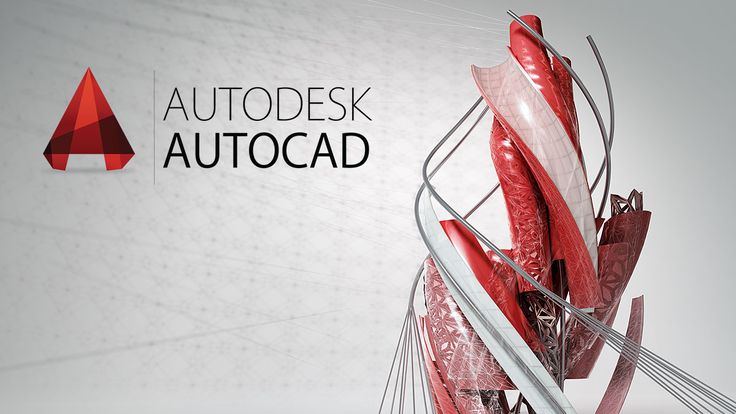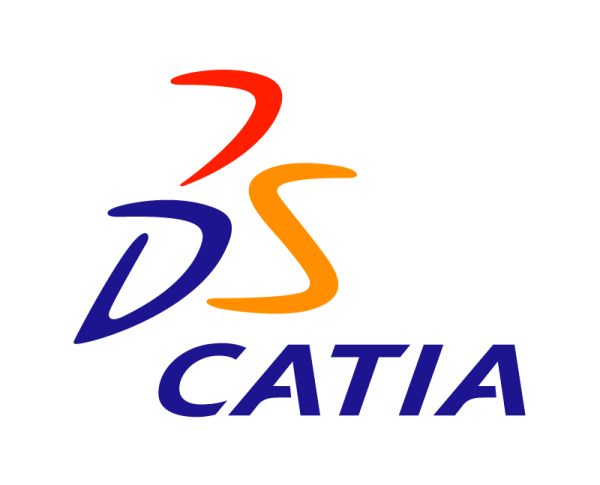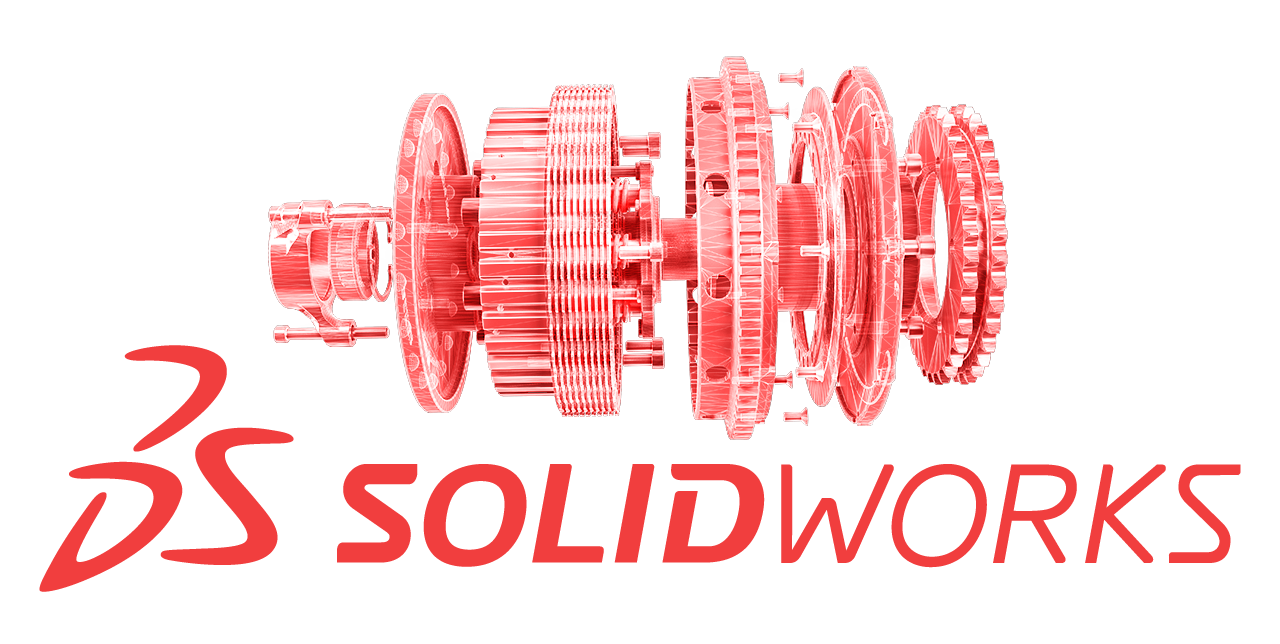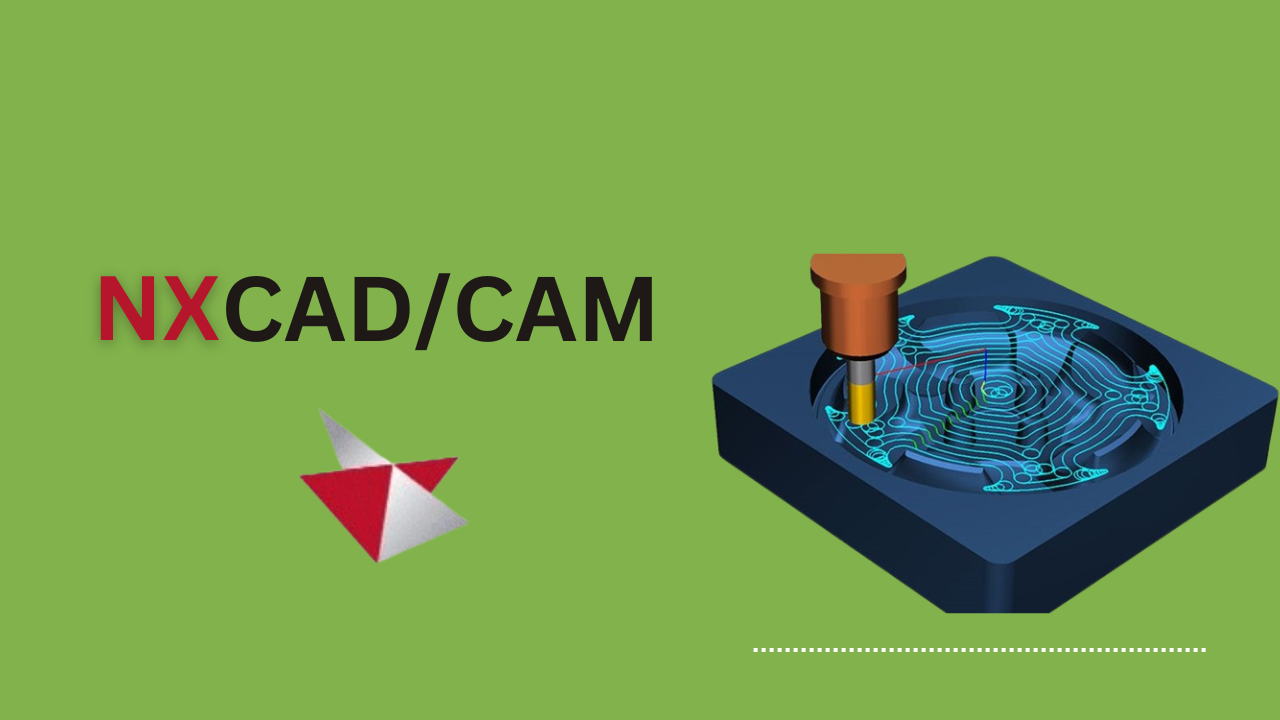Mechanical-Powering the mechanics of tomorrow

AutoCADD
AutoCAD Mechanical is a specialized version of AutoCAD designed specifically for mechanical engineering. It adds a suite of tools and libraries that enhance productivity and simplify complex mechanical design tasks. Here’s an overview of its main features and capabilities:
Anyone with a background in Mechanical Engineering—whether at the diploma (ITI), polytechnic, or bachelor's (B.E./B.Tech) level—is well-suited to take up a course in AutoCAD Mechanical.
- Introduction to engineering drawing & AutoCAD
- Drawing basic geometry shapes in AutoCAD
- Modifying drawing in AutoCAD
- Layer Management
- Hatching and gradient technics
- Dimensioning and Tolerancing
- Parametric drawing
- Blocks and attributes
- Plots and Publish
- Isometric drawing
- Blocks and attributes
- External reference (Xref) concepts
- Plots and Publish
- 3D Modeling
- Advance drawing using
- AutoCAD Mechanical
- Mechanical features drawing
- Drawing assemblies
Catia
CATIA (Computer-Aided Three-dimensional Interactive Application) is a multi-platform software suite developed by Dassault Systèmes. It's widely used in product design, engineering, aerospace, automotive, and industrial equipment industries for 3D modeling, simulation, and product lifecycle management.
Anyone with a background in Mechanical Engineering—whether at the diploma (ITI), polytechnic, or bachelor's (B.E./B.Tech) level—is well-suited to take up a course in CATIA.
- Introduction to engineering drawing & AutoCAD
- Drawing basic geometry shapes in AutoCAD
- Modifying drawing in AutoCAD
- Layer Management
- Hatching and gradient technics
- Dimensioning and Tolerancing
- Parametric drawing
- Blocks and attributes
- Plots and Publish
- Isometric drawing
- Blocks and attributes
- External reference (Xref) concepts
- Plots and Publish
- 3D Modeling
- Advance drawing using
- AutoCAD Mechanical
- Mechanical features drawing
- Drawing assemblies


Solidworks
SolidWorks is a powerful, computer-aided design (CAD) and computer-aided engineering (CAE) software used primarily for 3D modeling and mechanical design. Developed by Dassault Systèmes, it's widely used in industries like manufacturing, automotive, aerospace, product design, and engineering.
Anyone with a background in Mechanical Engineering—whether at the diploma (ITI), polytechnic, or bachelor's (B.E./B.Tech) level—is well-suited to take up a course in SOLIDWORKS.
Introduction to SolidWorks interface and environment
Creating and managing part, assembly, and drawing files
2D sketching tools, sketch relations, and dimensions
Using reference geometry and sketch planes
Extrude, Revolve, Sweep, and Loft features
Cut features: Extruded Cut, Revolved Cut, etc.
Fillet, Chamfer, Shell, and Draft tools
Patterning tools: Linear, Circular, and Mirror
Parametric modeling and design intent
Working with equations and design tables
Creating and managing configurations
Building assemblies and applying standard mates
Interference detection and motion check in assemblies
Creating detailed 2D drawings with views and dimensions
Adding annotations, tolerances, and creating BOMs
CREO
Creo is a powerful 3D CAD (Computer-Aided Design) software developed by PTC (Parametric Technology Corporation). It is widely used for product design, engineering, and manufacturing across industries such as automotive, aerospace, electronics, and industrial equipment.
Anyone with a background in Mechanical Engineering—whether at the diploma (ITI), polytechnic, or bachelor's (B.E./B.Tech) level—is well-suited to take up a course in CREO.
Introduction to Creo interface and workspace
Creating and managing part, assembly, and drawing files
Understanding parametric modeling and design intent
2D sketching tools, constraints, and dimensioning
Feature-based modeling: Extrude, Revolve, Sweep, and Blend
Cut and remove features: Extruded Cut, Revolved Cut, etc.
Applying Fillets, Chamfers, Shell, and Drafts
Patterning and mirroring features
Using reference geometry (planes, axes, points)
Assembly creation and component placement
Applying assembly constraints and managing relationships
Creating detailed 2D drawings with views and dimensions
Adding tolerances, symbols, and annotations in drawings
Creating and managing family tables and configurations
Introduction to model analysis (mass properties, interference check)


UGNX
UG NX (Unigraphics NX) is a high-end CAD/CAM/CAE software developed by Siemens Digital Industries Software. It is widely used for product design, engineering, and manufacturing across industries like automotive, aerospace, consumer goods, and more.
Anyone with a background in Mechanical Engineering—whether at the diploma (ITI), polytechnic, or bachelor's (B.E./B.Tech) level—is well-suited to take up a course in UGNX.
NXCAD & NXCAM
- Introduction to NX Interface and Tools
- Creating and Editing Sketches
- Parametric 3D Modeling (Extrude, Revolve, Sweep, etc.)
- Assembly Modeling
- Drafting and 2D Drawing Generation
- Synchronous Modeling
- Sheet Metal Design
- Surface Modeling Basics
- Feature Modeling
- Product and Manufacturing Information (PMI)
- Design Analysis Tools (Interference, Draft Check, etc.)
- Data Management and Exporting Formats
Introduction to NX CAM Environment
Geometry Setup for Machining
Tool Path Creation (Planar Milling, Cavity Milling, etc.)
Drilling and Hole Making Operations
Turning Operations (if applicable)
Tool Library and Tool Path Parameters
Simulation and Verification of Tool Paths
Post-Processing for CNC Code Generation
Multi-Axis Machining Basics
Machining Strategies and Optimization
Fixture and Workpiece Setup
Export and Documentation
ANSYS FEA
ANSYS FEA is a powerful engineering simulation software used to analyze and predict how products will behave under real-world forces like stress, heat, vibration, and more. It uses the Finite Element Method (FEM) to break down complex geometries into smaller elements, making it easier to simulate and solve physical problems.
Anyone with a background in Mechanical Engineering bachelor's (B.E./B.Tech) level—is well-suited to take up a course in ANSYS FEA.
- Introduction to Finite Element Analysis (FEA) concepts
- Getting started with ANSYS Workbench environment
- Creating and importing 2D/3D geometry
- Geometry cleanup and simplification
- Understanding element types and meshing fundamentals
- Generating and refining mesh for accurate results
- Applying loads and boundary conditions
- Performing static structural analysis
- Analyzing stress, strain, and deformation results
- Conducting modal analysis for natural frequencies
- Performing steady-state and transient thermal analysis
- Solving coupled thermal-structural problems
- Handling nonlinear material and contact behavior
- Running dynamic and time-dependent simulations
- Postprocessing results and generating reports

